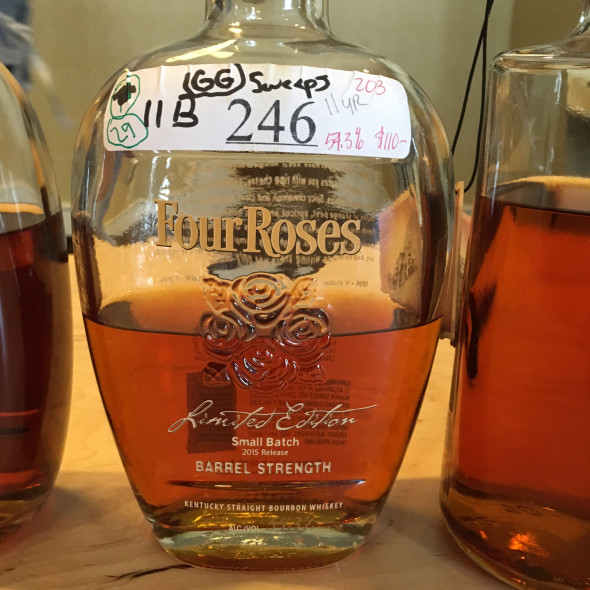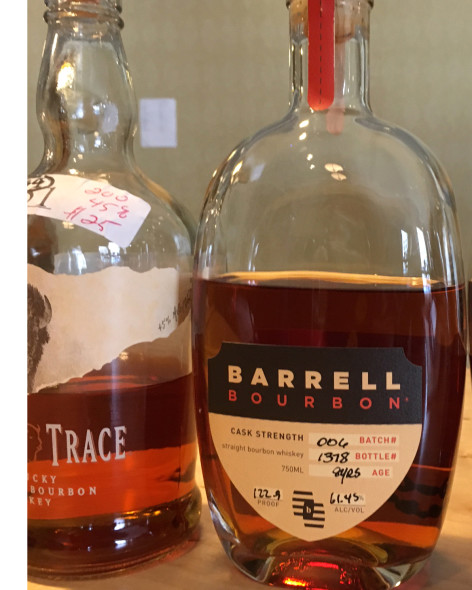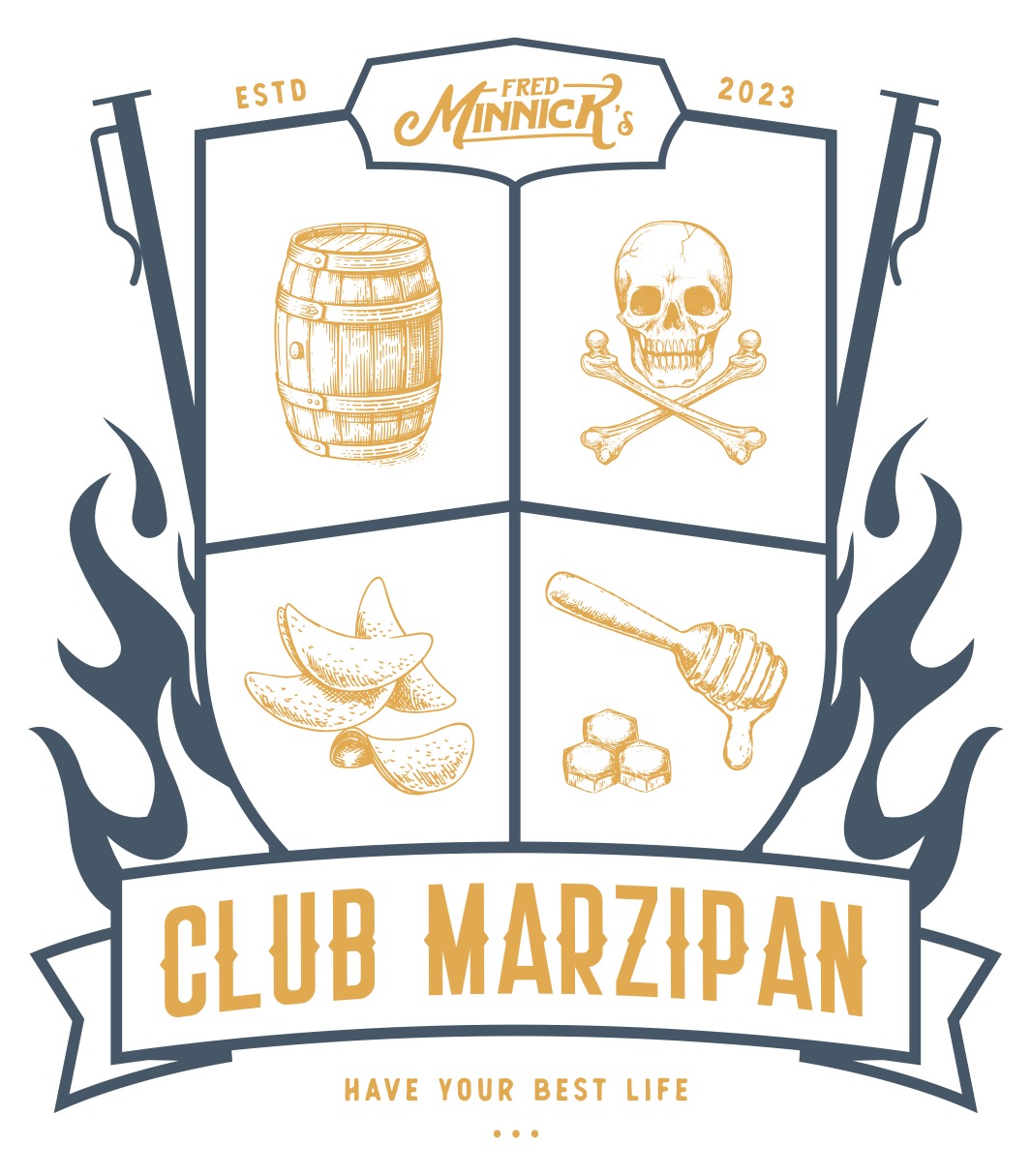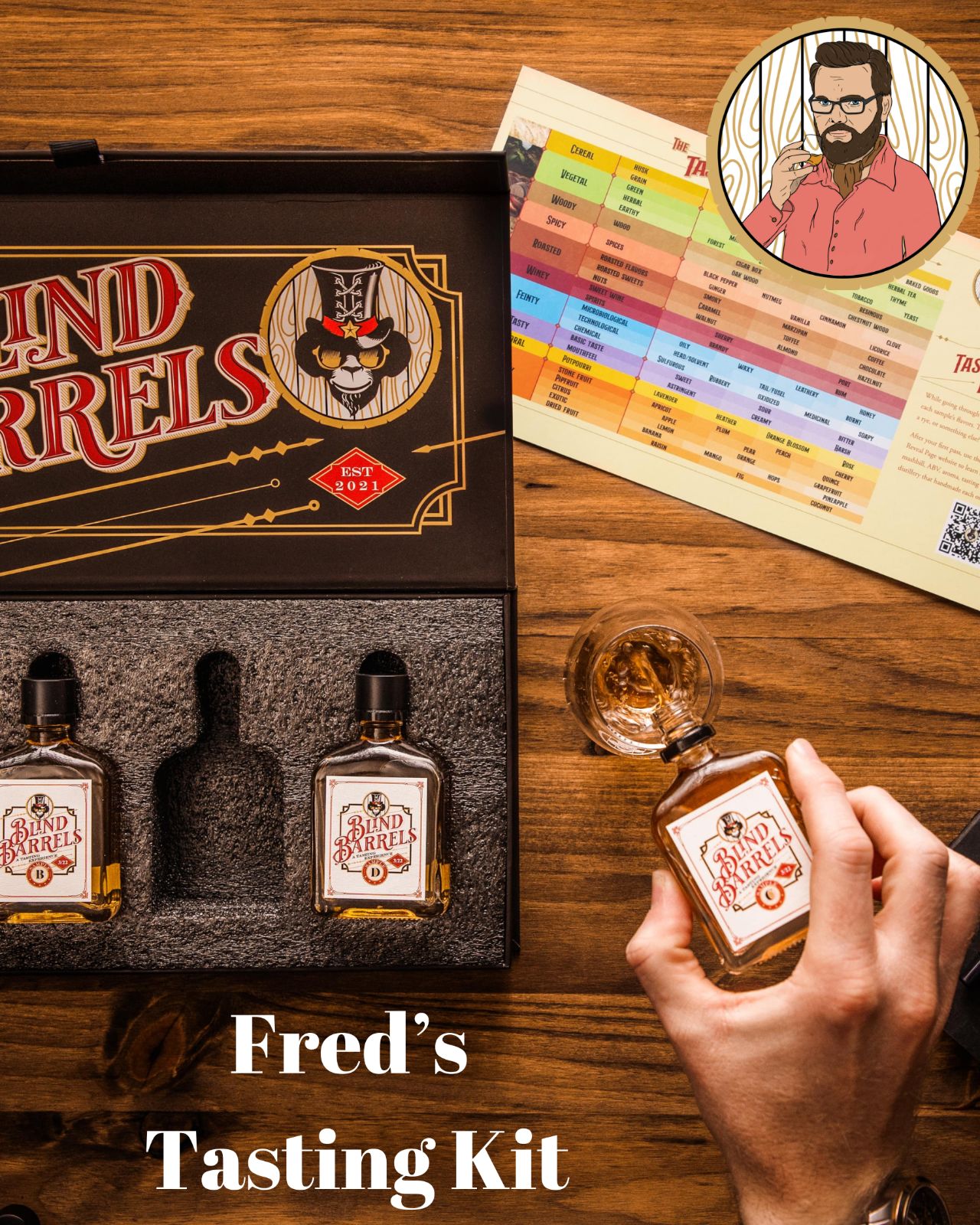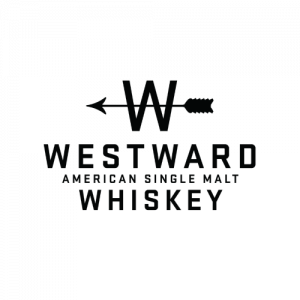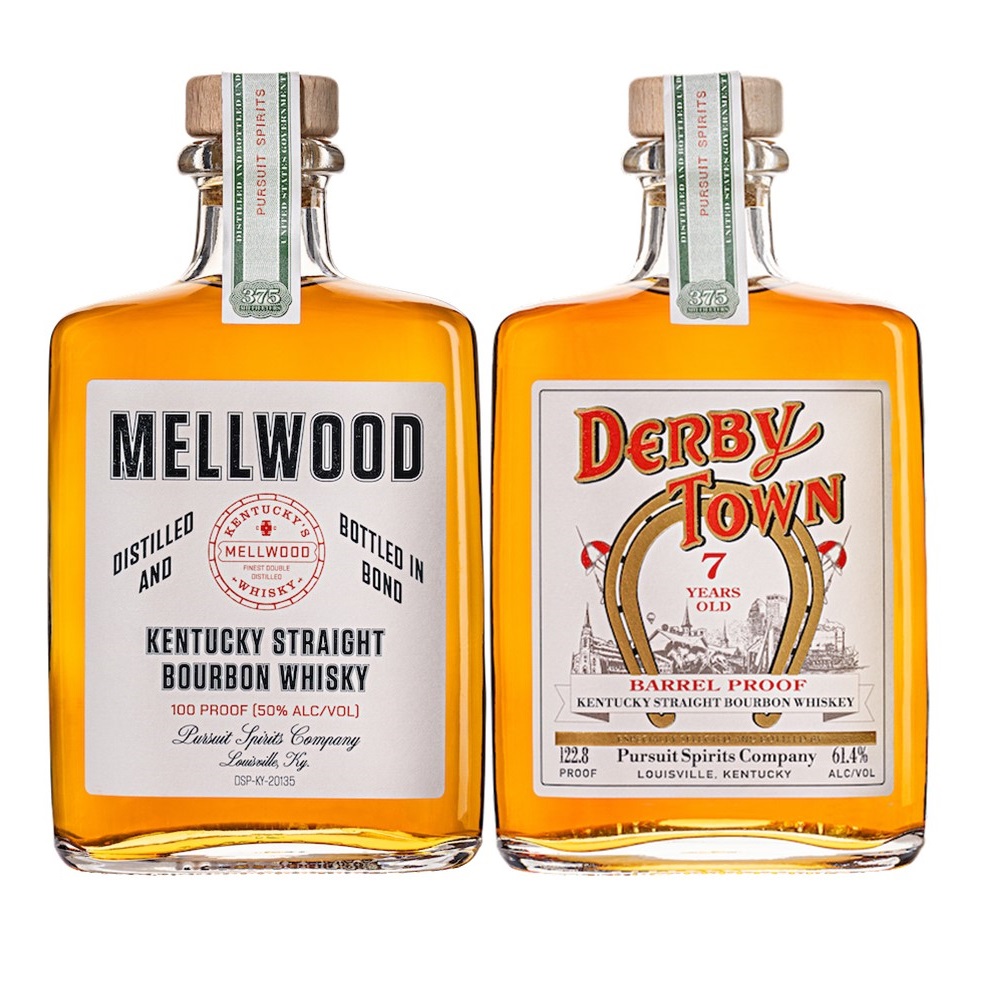Best Bourbon: The Unbelievable ‘Best Whisky’ Upset in ’16 San Francisco World Spirits Competition
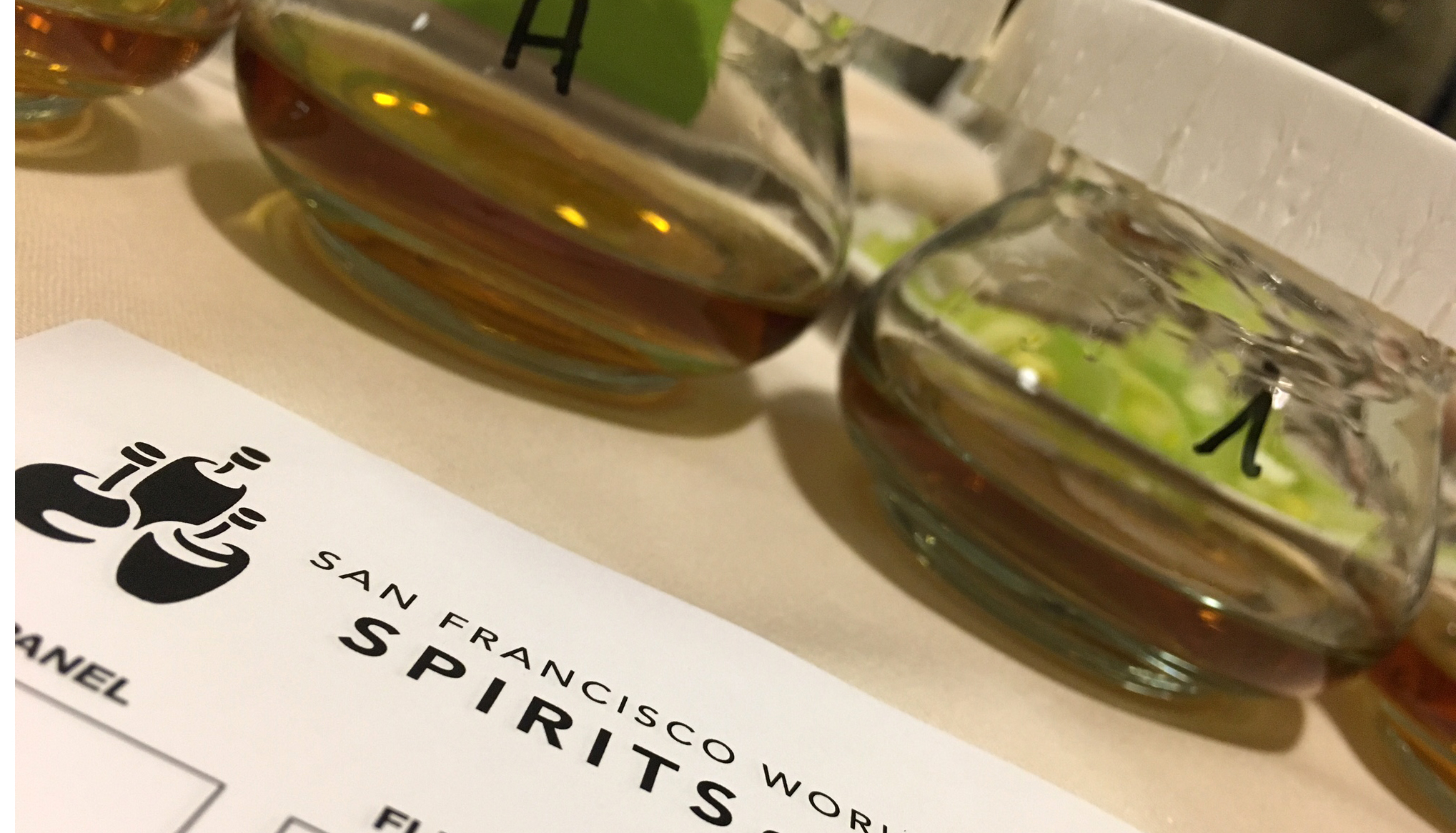
It was beautiful. The spice, rich caramel, long-and-fruity finish: The Best Bourbon was everything you want in bourbon, and it deserved Best Whisky at this year’s San Francisco World Spirits Competition. When I learned its identity after the competition’s completion, I was even more in love.
It was another wonderful year at the San Francisco’s World Spirits Competition, where paid judges blind tasted more than 1,800 spirits. But it was also a somber year. Last year, we lost the competition’s manager, Chandler Moore, to cancer. We mourned our friend. She will be missed. Our new managing director was Chandler’s longtime lieutenant—Nicolette Teo, an Olympic swimmer and former All American at UCLA.
The Process
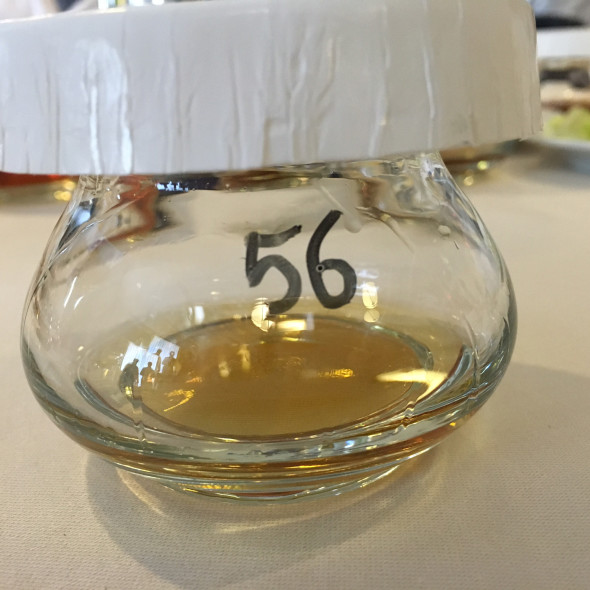
San Francisco World Spirits Competition tastes spirits at the panel level first. (Read the results of past years.)
Panels are usually three or four judges. We taste blind, meaning we know the category, proofs and age range for spirits with age statements. (If we tasted double blind, we’d be given no information.) We medal at Bronze (equal to a 70-79 magazine score), Silver (80-89 score), Gold (90-95 score) and Double Gold (96-100 score. All panel judges must give a gold for a Double Gold.). If a glass—usually numbered or lettered—wins Double Gold, the panel decides whether it moves on to compete for best in its category, such as Unaged Tequila or Straight Bourbon. If it wins its category, it competes for Best in Class, such as Tequila or Bourbon. (The brands decide their categories, which is why some Straight Bourbons are entered as Small Batch. Judges have no say in what is entered where. We just taste.) If there are more than three selected to compete for Best in Category, 10 “Super Taste Off” judges decide what moves on for the final Sweepstakes voting, where all judges vote for Best Category, Class and Best in Show.
Each glass is judged on its own merit and not against one another in the initial flight, which is why this competition gives out so many medals. How many spirits fall below the 70-point medal threshold we go by? When the Double Golds move on, they compete against one another. About 10 percent of the entrants in San Francisco do not receive medals. With that said, every judge is a beverage professional and are among the best palates in the world.
I was paired with Richard Carlton Hacker, the Robb Report spirits writer, and Max Solano, the former head bartender at Delmonico’s Las Vegas and the current suit-wearing Southern Wine & Spirits mixologist. Our first flight was corn vodka. If I have ever earned my stripes as an all-around spirits judge, this was it. I endured the tasting of three flights of corn vodka and found two individual glasses to be pleasing. I gave them Golds, reminding myself that I am here to judge the glass based on its category not my personal preference. Our panel did not send a single corn vodka to compete for best vodka, which would eventually go to Georgian Bay, a barley vodka.
Next was a much more enjoyable flavored vodka, which is meant to be flavored, and I found one that was so amazingly delicious that I’m buying it for every beet lover I know. Our panel, which didn’t agree on much, all awarded a beet root-flavored vodka Gold, qualifying it for Double Gold. Art in the Age Beet Root Flavored Vodka went on to win Best Flavored Vodka. If you love beets, you’ll love it.
My panel also judged taste Extra-Aged Rum, 6-10 year-old Small Batch Bourbon, 11 years and older Small Batch Bourbon, Special Barrel-Finished Bourbon, Craft Distiller Whiskey, Distillers Single Malt up to 12 years old, Distillers Single Malt 13 to 19 years old, Distillers Single Malt No Age Statement, Flavored Whiskey, Apple Brandy, Schnapps, Pastis and Apertifs. By far, these were the best draws in this competition.
Our panel Doubled Golded the Bourbon, Apple Brandy, Flavored Whiskey and Craft Distiller Whiskey that went on to win their respective categories.
So who won best bourbon?
Best Bourbon
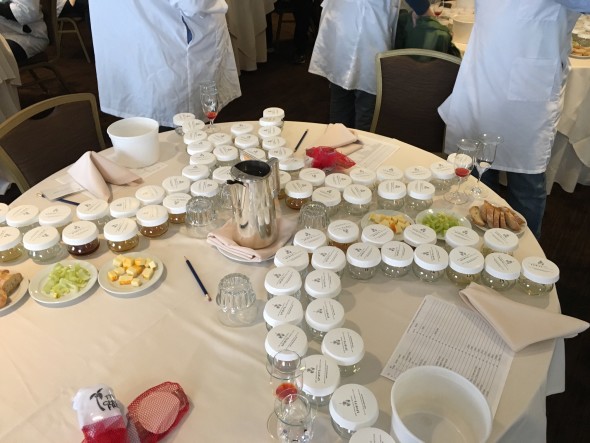
Our most-impressive bourbon flight was the Special Barrel Finish. This is a burgeoning category that won Best Bourbon at the World Whiskies Awards, of which I’m also a judge. That went to the Bowman Port Barrel Finish.
At San Francisco, the Port Finished bourbons were good. I even Golded a 100 proofer, but the strength in this category came down to an Oregon Oak cask-finished against a Cognac-and-Sherry Cask finish. The Oregon Oak was simply beautiful, rich with caramel and vanilla with a resounding pepper spice. But Glass “J,” Cognac and Sherry Finish, was layered in apricot, roasted nuts, caramel and the beautiful vanilla. J would win its category, and I thought it would win Best Bourbon. But I tasted this flight before the meat of the category.
Old fashioned bourbon was loaded with amazing whiskies. There was a 2-year-old 100 proof bourbon that expressed hints of grain and salted caramel. It Double Golded, but was too young to win. The Best Straight Bourbon went to a 90-proof product that presented malt, praline and hints of spice and chocolate, but it needed more complexity to match the profiles of the competition. The Best Single Barrel, at 100 proof, had merit, too, and even complexity, but bourbon’s strength came in its top tier Small Batch products.
There were so many double golds in this category that we held a Super Taste Off to send them to sweeps. In this category, we tasted a lively Peated Bourbon, which we all loved for its balance and novelty, and multiple products that could win Best Bourbon eventually. But there were two that were so complex and perfect that they simply stood out of the glass.
A barrel proof Small Batch just sat on the tongue, harmoniously dripping down the jawline and tingling with spice, fruit, roasted pine nut, custard and a blossoming caramel chew. When I first tasted this, I just knew it would win.
Then, I tasted something so perfect, so beautiful, such a work of craftsmanship, that it was the unanimous pick for Best Bourbon. I immediately placed this on my Top 10 All Time Bourbons.
In a word, the older than 11-year-old Small Batch bourbon (at 107.5 proof) was perfect. It was a Best Whisky contender.
Best Whisky
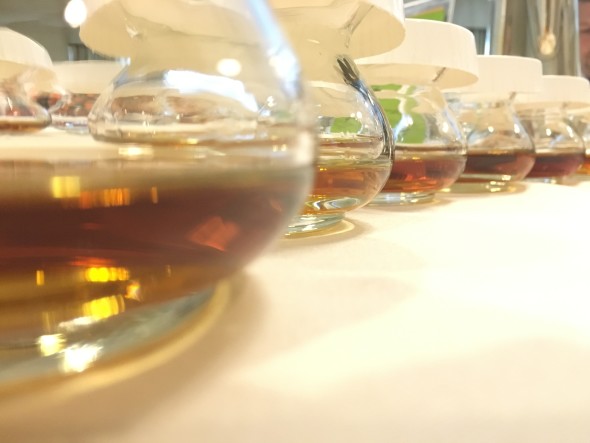 I was amazed how nice the corn whiskey showed, but its pedigree offered no real contention. The Scotch category, I thought, was really weak, and I preferred the blended Scotch and a 105 proof over the eventual winner, which was from the over 20-year-old category. In Irish whiskey, I found the winner to be the second or third best Irish in the class, but it was beloved by the rest of the judges. Through the democratic voting process, the Irish winner was a 21-year-old.
I was amazed how nice the corn whiskey showed, but its pedigree offered no real contention. The Scotch category, I thought, was really weak, and I preferred the blended Scotch and a 105 proof over the eventual winner, which was from the over 20-year-old category. In Irish whiskey, I found the winner to be the second or third best Irish in the class, but it was beloved by the rest of the judges. Through the democratic voting process, the Irish winner was a 21-year-old.
Bourbon’s real competition, I thought, was the rye. This category brought out the best, and you could taste the complexities in the 8-year-old barrel strength and the 16-year-old that made these so evenly matched it was damn near a coin flip, but the older rye won.
The Other Whiskey was nice, but lacked the complexity for Best in Show.
When it came time to vote, bourbon was first. “Bourbon for best in show,” Anthony Dias Blue, the head judge and competition founder said. Less than a dozen hands were raised. I was stunned. Bourbon was clearly the best whiskey in this flight. “Come on, folks, it’s the bourbon,” I said with a mouthful of the product sloshing around, still feeling the warmth and richness. Again, this was perfect on this day.
Not many people liked the bourbon for Best Whisky.
As the hands dropped, I was a little defeated, but I don’t even know why.
It’s not like I have a stake in the bourbon. Hell, I didn’t even know its namesake. I truly didn’t. Sure, I write about the whiskey, but I’ve never felt so connected to one in a competition before.
Rye drew a lot of votes, but not enough to win, and the Scotch, as I thought, was having an off year.
Or, maybe I was having the offer year. The Irish whiskey won, and it wasn’t even the best Irish based on my notes. The majority of the judges loved it.
When they allowed us into the room where the hidden bottles were poured, I was even more depressed the bourbon didn’t win. It was Four Roses 2015 Limited Edition Small Batch. Jim Rutledge retired last year, and this was his final creation as Four Roses master distiller. Four Roses also won Best Single Barrel. Buffalo Trace won best Straight Bourbon, and Barrell Bourbon Batch No. 6 was the barrel proof that was No. 2 in the Small Batch competition. King’s County Peated Bourbon deserves some praise for coming so close. And the incredible barrel finished product? Jos. A. Magnus & Co. won that, so it was sourced whiskey finished in Cognac and Sherry cask—It was delicious! Trail’s End was the Oregon Oak finish, and the corn whiskey went to Ironroot Republic. Lock, Stock and Barrel won Best Rye.
Red Breast 21-year-old won Best in Show. I’ve always liked this, but the bourbon was just so damn special. Naturally, it had my vote. Then again, I might be biased.
I’m the bourbon guy.
Fred Minnick is the author of Bourbon Curious, Whiskey Women and the upcoming Bourbon: The Rise, Fall & Rebirth of An American Whiskey (October).
